Primary care at a crossroads: progress, problems, and future projections
Abstract
The tension between generalist and specialist roles in medical education and practice has been marked by recurrent perceived crises for many years in the United States. Primary care was at a crossroads during the 1960s. There was much turmoil within the health care system, and many in the population were unable to gain access to and afford health care. As a result of this turbulence, a major effort was mounted at state and federal levels to increase the proportion and number of primary care physicians. New initiatives included efforts to increase the total number of physicians, passage of Medicare and Medicaid legislation, new emphasis on education programs in primary care, recognition of family practice as a specialty, and emergence of the National Health Service Corps.
Today, 25 years later, the health care system as a whole is unraveling and in crisis as a result of soaring costs, the difficulty of providing access to all citizens, and health care outcomes that have fallen short of those achieved in many other industrialized countries. It is ironic how many of the failings of today’s health care system mirror those of the 1960s, and how parallel the approaches to address these problems are to those taken a generation ago. Primary care finds itself again at a crossroads as intense pressures mount for fundamental reform of a health care system that has an inadequate primary care base.
It is timely to take stock of the progress achieved by the initiatives to expand primary care during the last 25 years. Accordingly, this report addresses the following four objectives: (1) to summarize the results of the initiatives of the 1960s in terms of changes in medical education, the evolving status of primary care, and both specialty and geographic distribution of physicians; (2) to discuss some of the factors affecting the decline of primary care; (3) to consider briefly the problems resulting from a health care system that does not have an adequate generalist base; and (4) to discuss the implications of the current situation with discussion of future projections for primary care.Authors:
Geyman JP, Hart LGJournal/Publisher:
J Am Board Fam PractEdition:
Feb 1994. 7(1):60-70Link to Article
Access the article here: J Am Board Fam PractCitation:
Geyman JP, Hart LG. Primary Care At A Crossroads: Progress, Problems, And Future Projections. J Am Board Fam Pract. Feb 1994 7(1):60-70Related Studies:
Primary Care at a Crossroads Project

